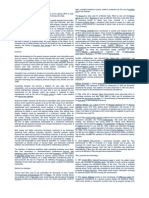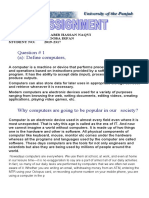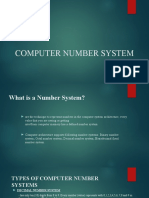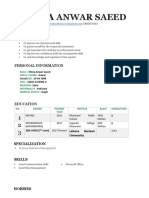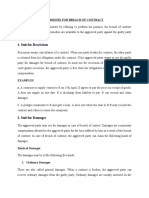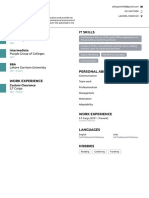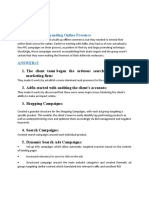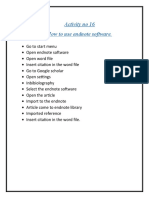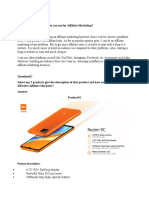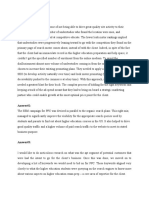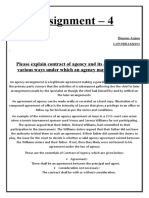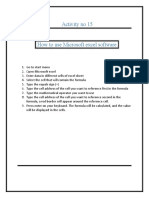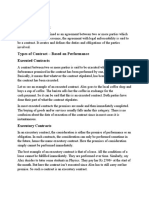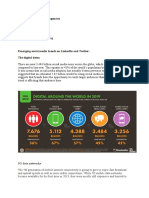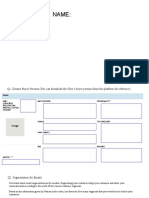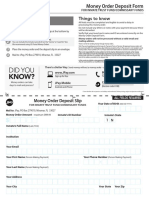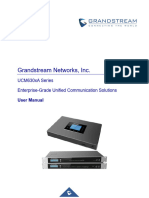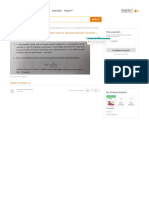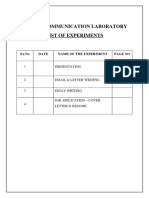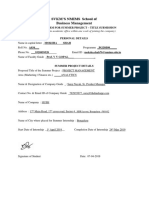100% found this document useful (1 vote)
957 views3 pagesIntroduction To Internet and Email
The document provides an introduction to the internet and email, explaining that the internet is a global network connecting millions of computers through local and wide area networks, while the world wide web is a virtual network of websites connected through hyperlinks and accessed using technologies like HTML, URLs, and web browsers. It also describes email as a popular internet service allowing users to send electronic messages to recipients by using an address consisting of a username and domain separated by an "@" sign.
Uploaded by
Danish SarwarCopyright
© © All Rights Reserved
We take content rights seriously. If you suspect this is your content, claim it here.
Available Formats
Download as DOCX, PDF, TXT or read online on Scribd
100% found this document useful (1 vote)
957 views3 pagesIntroduction To Internet and Email
The document provides an introduction to the internet and email, explaining that the internet is a global network connecting millions of computers through local and wide area networks, while the world wide web is a virtual network of websites connected through hyperlinks and accessed using technologies like HTML, URLs, and web browsers. It also describes email as a popular internet service allowing users to send electronic messages to recipients by using an address consisting of a username and domain separated by an "@" sign.
Uploaded by
Danish SarwarCopyright
© © All Rights Reserved
We take content rights seriously. If you suspect this is your content, claim it here.
Available Formats
Download as DOCX, PDF, TXT or read online on Scribd
/ 3




